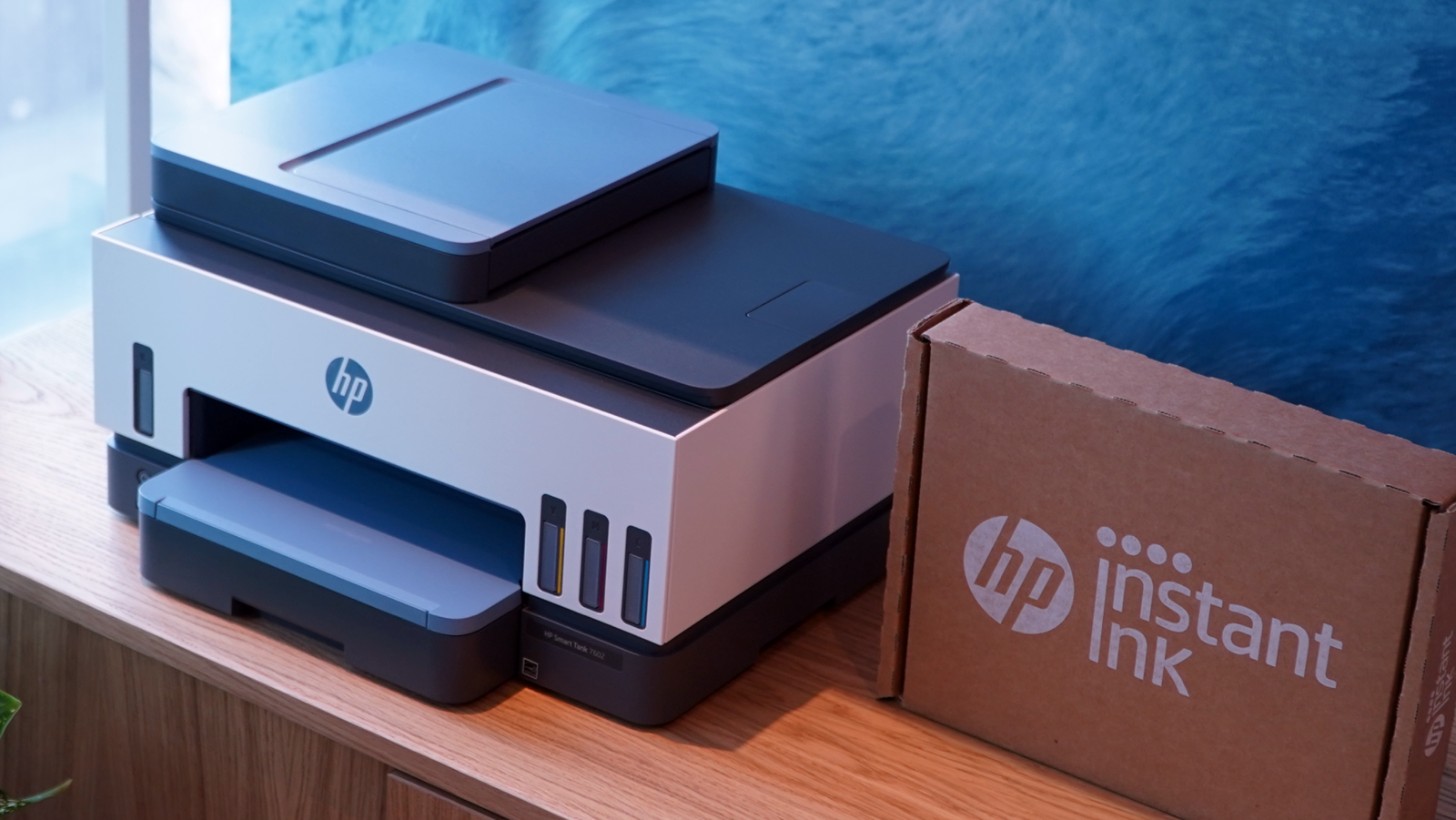By Krystal Scanlon and Seb Joseph • March 27, 2025 •

Ivy Liu
Meta is now in the principal-based buying business, putting its own twist on the hotly debated practice in talks with agency holding companies.
The platform is feeling out holdco investment teams about a setup where they’d buy Meta inventory in bulk then resell it to clients at a markup, according to three ad executives with knowledge of the plans.
“They’re taking this product to the largest agency holding companies,” said one of those execs, who requested anonymity. Though Meta declined to comment on these plans.
At first glance, the move seems out of character. Meta is long past needing holdcos for ad dollars — so why bother now? But this isn’t about dependence. It’s about leverage. Meta sees what the holdcos see: there’s plenty of profit in letting them take the wheel.
And while the practice may raise eyebrows, it’s not entirely out of left field for Meta. The platform has a history of working closely with agencies through joint business plans and trading deals. Principal-based deals is just a more overt extension of those commercial relationships.
After all, this is how the big shops prefer to buy media these days. Their CEOs regularly talk up principal-based deals as margin-friendly growth engines on earnings calls. By leaning into this model, Meta locks in more spend and keeps itself front-and-center on media plans. Better to keep those dollars in-house than see agencies arbitraging them elsewhere.
“Meta entering this arena seems clear: protect a sizable and growing share of ad revenue, ensure that large caliber brands continue to make sizable, if not incremental, investment across all Meta platforms, while leveraging holdcos to now effectively act as an extended salesforce to drive spending on Meta’s behalf,” said Brian Leder, founder and president of Ramp97.
But why now? Well, as Karsten Weide, principal and chief analyst at W Media Research, pointed out, the timing is likely to secure a steady revenue stream as the economic outlook gets worse.
“We have to expect a recession in 2026 due to the introduction of tariffs,” he added.
Still, principal-based buying remains a third rail in ad land.
Agencies love the predictability and the profit potential. But critics say it muddies the waters, raising transparency issues, encouraging markups and risking client trust. Some even call it the practice of being “transparently un-transparent.”
But as Wiede noted, principal-based buying has a bad rap because it’s often viewed as cheating.
“The publisher doesn’t get what their inventory is really worth, the advertiser has to pay more than its fair value and the agency realizes a windfall not because they are adding value, but only because they are controlling a bottleneck in the value chain,” he explained.
Yes, there are exceptions, skeptics concede. Some deals are tied to real performance — say, for instance, an agency fronts the spend but only gets paid if it hits a cost-per-acquisition target. That’s fair game. The problem is the sleight of hand that often comes with it. Behind the performance promises, there’s plenty of room for subterfuge, making it tough to tell whether these deals are truly working for advertisers, or just for the agencies brokering them.
“While principal buying can be leveraged as a tool to drive scale performance and positive results for some clients, brands are souring on those agencies that see it as a revenue stream easily made off the backs of collective budget investments,” Leder said. “Media plans once designed to altruistically drive client success are constructed to ensure an agency’s principal buying practice remains financially solvent and increasingly profitable.”
https://digiday.com/?p=573238











